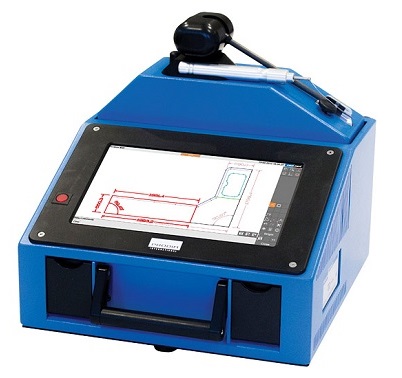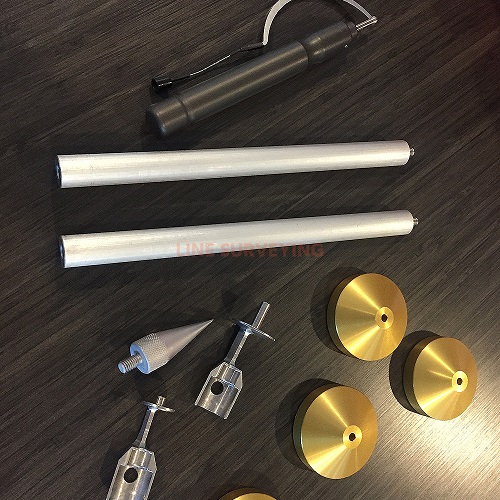Week 2¶
After a bit of feedback during Global Open Time and my local Lab I decided to go with the sensor thing, I need to give it a name. I think in the end the issue that made me choose was that while the access control was aparently simpler outside of the whole networking part the project would be made up of a lot of small components with small parts, all with multiple points of failure plus I’d have to oversee making and installing the new fullsized gate to control and I don’t know if I could get everythind done and working withing the time constraints of FabAcademy.
Research¶
Originaly when I just thought this might be a cool final project research started off fairly simple, some looking around the web led me to an old patent thad had expired a couple of years ago and that gave me confidence to spend some more time thinking about it more seriously as an option. Parent 1 - US6785973B1
I took advantage of Global Open Time to ask what those present thought about both ideas and while the IP access control could be useful I heard from instructors that defending a scaled down model of the final instalation might be more challenging. I couldn’t be sure I would finish installing the new gate/system in the time frame of FabAcademy and the added complexity of having a lot of smaller components interact with each other meant this project had too many failure points and inherant risk. The digital templater won by default but it’s still super cool.
With my final project idea locked down I decided to start doing some more serious due diligence on the product/company and features already implemented. That’s when to my surprise I found a 2nd patent, still active of essentially the same product. They re-used some of the drawings from the original filling. Parent 2 - US9212889B2
I panicked a bit cause I was already looking forward to making this but eventually I thought to my self: “if they they were awarded a new patent then it means they described it diffently enough from the 1st one… Which means I can probably replicate the 1st version without major problems.” In any case I figured I should ask someone their opinion. As my local Instructor wasn’t sure I thought I’d be better off going straight to the source and PMed someone directly from FabAcademy; long story short they told me that in educational contexts like FabAcademy I shouldn’t be too worried. #Wuhoo
I still want to try and figure it out to make sure anyone can replicate my final project without annoying anyone but it won’t affect me or FabAcademy.
Actual Research¶
Like Total Stations, digital templaters are Theodolites with Rangefinding telemeteres attacheds so they can calculate the spacial coordinates of points and their special relatioships. Some templaters, just like total stations, use lasers while others use a simple string to quickly point at and register probe coordinates. Less precision but much quicker.
This is what a fancy wire templater looks like:

And it comes with a few accessories:

I will totally ignore the accessories and added features like the integrated screen or how it can rotate the probe/wire retractor to protect itself. To make sure I can get it done within the time constraints of FabAcademy I’ll focus on creating an MVP (Minimum Viable Product) to be used stationary, with 360º moving range in the XY plane plus between 90-135º in the Z axis. Usable range of a 5-10m radius with decent precision will be important.
By the end of FabAcademy I’m hoping I can have the hardware finished and being able to save data to a thumbdrive. Saving raw data will be a good start but if I can get it to calculate dot coordinates and exporting to a compatible file within the templater I’d be extra happy.
Being able to triangulate coordinates within the templater means adding functionality in the future like the ability to move the templater behind obstables would be easier but not impossible.
As I don’t trust thumbdrives too much the only superfolous functionality I’ll be planning to have from the start is 2 USB connections for redundant data protection in case one drive fails. Even if I don’t have it working until the end of FabAcademy it would be super cool to add it later with just a software update.
Week 2 Conclusion¶
Was a bit nervous with the patent scare but now I have to make up for lost time. I’ve started asking for ideas on which types of sensors I should be looking at from other local students and during during Global Open Time. Think I’m starting to have an idea of how things will come together but now it’s assignment time.